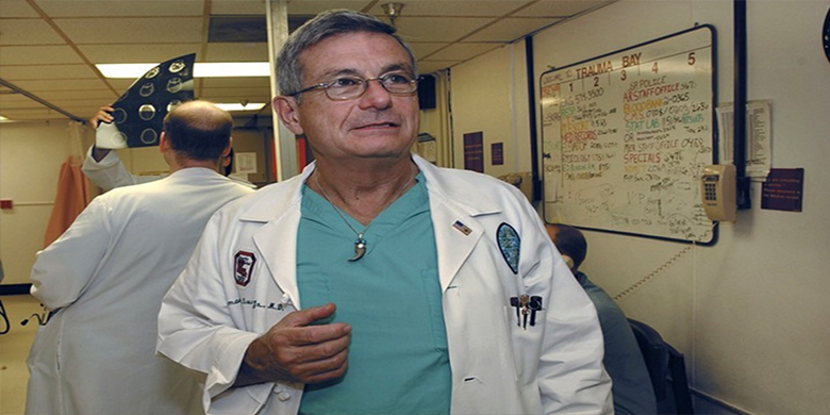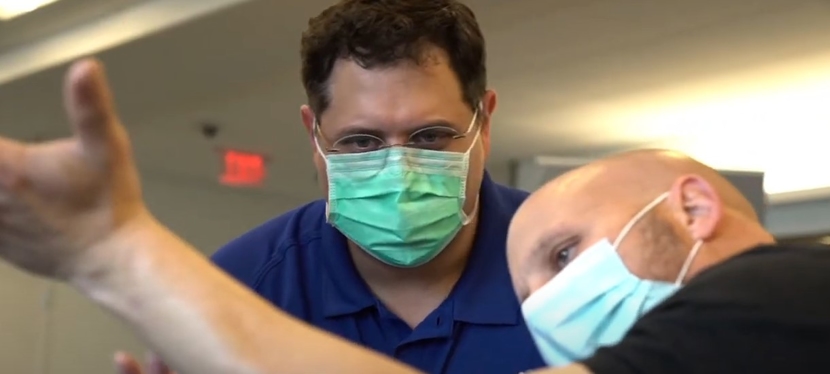The health effects of daylight saving time may surprise you
- Category: Sleep Center, Heart & Vascular, Behavioral Health
- Posted On:

Every year, we switch back and forth between daylight saving time (DST) and standard time, setting our clocks ahead one hour in March and back an hour in November. Many people look forward to “springing ahead,” and the “extra” hour of afternoon daylight it brings. But unfortunately, the negative health effects of daylight saving time can mean DST causes more harm than good.
Losing sleep over it
When we set our clocks ahead by one hour, it stays darker longer in the morning and lighter later at night. While this may not seem like a big deal, one hour is more than enough to throw your internal clock out of whack and affect your body’s circadian rhythms. These 24-hour cycles regulate essential bodily processes like sleep, and they depend on light-dark patterns to stay on track.
When your sleep-wake cycle is disrupted, it can take longer to fall asleep, and some people experience insomnia and sleep deprivation. Losing shut-eye can make you not only feel tired but also put you at higher risk for a slew of health and safety issues. For some people, it takes several days for their sleep patterns to adjust.
The heart of the matter
If you have cardiovascular risk factors, take heart: Researchers have found that the percentage of heart attacks and strokes increases considerably after DST kicks in. One study revealed that the risk of heart attack jumped by 24 percent on the Monday following the springtime change when we are losing an hour of sleep. Another study concluded that the number of people who had an ischemic stroke rose by 8% during the first two days after the time shift.
Researchers noted that most people who had heart attacks and strokes already had risk factors like uncontrolled high blood pressure or diabetes. But these risk factors, combined with the shift in circadian rhythms caused by daylight saving time, could be a leading cause for the spikes in these events.
More than a bad mood
If you feel like your mood plummets every November, you’re not alone. The time shifts associated with daylight saving time can also have significant effects on mental health. One study found that the change from daylight saving time to standard time in November was linked to an 11% increase in hospital visits related to depressive episodes. Researchers believe that this is related to the disruption of circadian rhythms caused by the sun setting an hour earlier, leading to an hour more of darkness. People with seasonal affective disorder (SAD) and depression that occurs during certain seasons (usually fall and winter) could be particularly vulnerable to negative effects caused by DST time changes.
Accident prone
The negative health effects of daylight saving time can have a domino effect, putting your safety and your health at risk. A 2020 study found that deadly car accidents rise by 6% during the work week following the switch to daylight saving time, causing about 28 additional deaths on the road each year. Lack of sleep and less morning light, which leads to people driving to work tired and in the dark, are likely contributing factors. People who live on the western edge of their time zone may be more at risk because they tend to get less sleep due to the sun rising and setting a little later.
Preparing for the change
There are things you can do to help your body adjust to DST time changes. In the days leading up to daylight saving time, get as much light exposure as possible every day, and start going to bed a little earlier. Year-round, make sure you’re eating healthy, getting plenty of quality sleep and exercising regularly to control risk factors.
Have questions about reducing your cardiovascular risk factors? The primary care physicians at University Medical Center are here to help you get started on a healthier life tomorrow.


